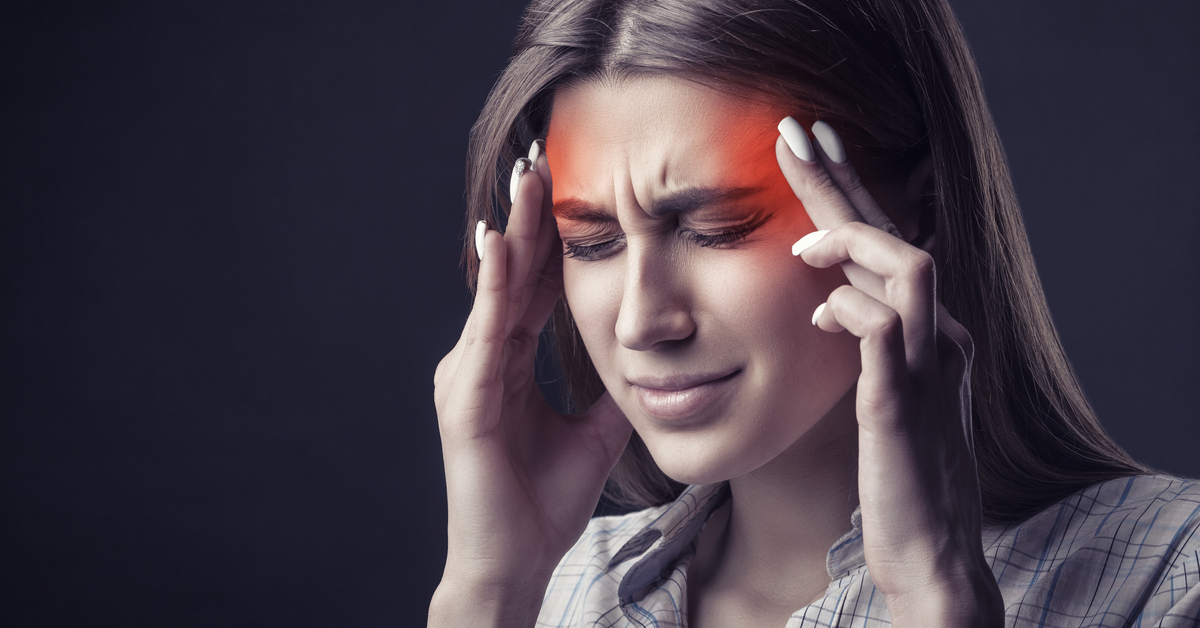A migraine is a recurring, severe and painful headache that is often accompanied by symptoms which are disabling in nature. The head pain associated with a migraine is usually throbbing in nature and is experienced in one area of the head. Migraines can be accompanied or preceded by sensory warning signs and other symptoms such as vomiting, nausea, weakness or sensitivity to sound and light. A migraine attack usually lasts for hours or sometimes even days. Migraines often run in families and can affect both men and women irrespective of their age. Certain foods can also cause a migraine. Below are the top five foods that can possibly cause a migraine that you should be aware of.

Top 5 Foods That Cause Migraines
1. Caffeine
If you drink a lot of coffee and then go through a severe withdrawal, this can cause a migraine. However, too much caffeine does not necessarily just mean don’t drink too much coffee. Other foods that include caffeine are tea, chocolate, ice cream, some cereals, and other sweets. It’s useful to be mindful of your consumption of all of these foods.
2. Alcohol
Alcohol is one of the most common things that has been proven to trigger migraines. Specifically, red wine and beer have caused migraines in about 25% of people who experience regular migraines. This happens because alcohol causes dehydration, which then causes the headache to generate.
3. Chocolate
Chocolate is the second most common trigger for migraines. Chocolate-related migraines affects approximately 22% of people who experience regular migraines. This is because it contains high amounts of caffeine and also a compound called beta-phenylethylamine, which has been proven to cause headaches in some people.
4. Cured Meats
Deli meats, ham, sausage, and hot dogs are all classified as cured meats and are all triggers for migraines. These foods contain preservatives called nitrates, which are used to help preserve foods’ colors and flavors. They release nitric oxide into the bloodstream, which has been linked to migraine occurrences.
5. Salty Foods
Salty foods have been proven to cause migraines in some people, especially if those salty foods contain harmful preservatives. For example, consuming high levels of sodium has been proven to increase blood pressure and thus cause headaches or migraines.
Migraine Symptoms
There are four phases a migraine. The symptoms tend to vary from phase to phase. However, it is not necessary that you go through each phase every time you have a migraine.
- Prodome: This first phase begins a day before you experience a migraine. Symptoms of this phase include unexpected mood changes, increased urination, food cravings, fluid retention, and uncontrollable yawning.
- Aura: This phase can happen during or before a migraine. Symptoms experienced during this phase include muscle weakness or seeing bright, flashing lights.
- A headache: During this phase, you experience pain on one side of your head which gradually becomes severe causing pulsing or throbbing pain. Symptoms experienced during this phase include nausea, vomiting, increased sensitivity to noise, light, and odors.
- Postdrome: Symptoms experienced during this phase include feeling confused, exhausted and weak after a migraine.
Migraine treatment
Unfortunately, there is no cure for migraines. Medications are usually prescribed to treat migraines. Treatment for migraines can only help ease symptoms and prevent migraine attacks in the future. Medications prescribed to treat migraines basically fall into two broad categories:
- Pain Relieving Medications: Also known as an abortive or acute migraine treatment, these types of medicines are taken during a migraine attack to thwart migraine symptom.
- Preventive Medications: These types of medications are taken on a routine basis to reduce the frequency or severity of a migraine.
Treatment for migraines can vary from person to person. It usually depends on the severity of your headache, the degree of disability your headache can cause and other medical conditions. Consulting your health care provider can help you find the right medication to treat your migraine.
Simple Natural Remedies for Migraines Relief
#1: Ginger: Ginger root helps obstruct prostaglandins compounds that stimulate muscle contractions and cause headaches. Including ginger (2-4 grams) in your routine diet can help ease migraine symptom like nausea and promote overall health.
#2: Cold Therapy: Applying ice packs on the pain works by extracting heat from the affected area. It not only has a numbing effect that can dull the sensation throbbing migraine pain, but can help ease migraine symptoms.
#3: Stress Management: Stress can trigger a migraine. It is therefore essential that you manage your stress or find outlets for stress. So, while taking warm water bath or listening to your favorite music or resting in a quiet dark room with your eyes closed can help relieve stress, doing meditation or exercises can be great outlets to release stress and prevent future migraines.
Migraines can sometimes be unpredictably occurring without other symptoms. However, if you experience frequent or severe headaches, it is highly recommended that you visit your doctor and take appropriate medications to prevent future attacks.